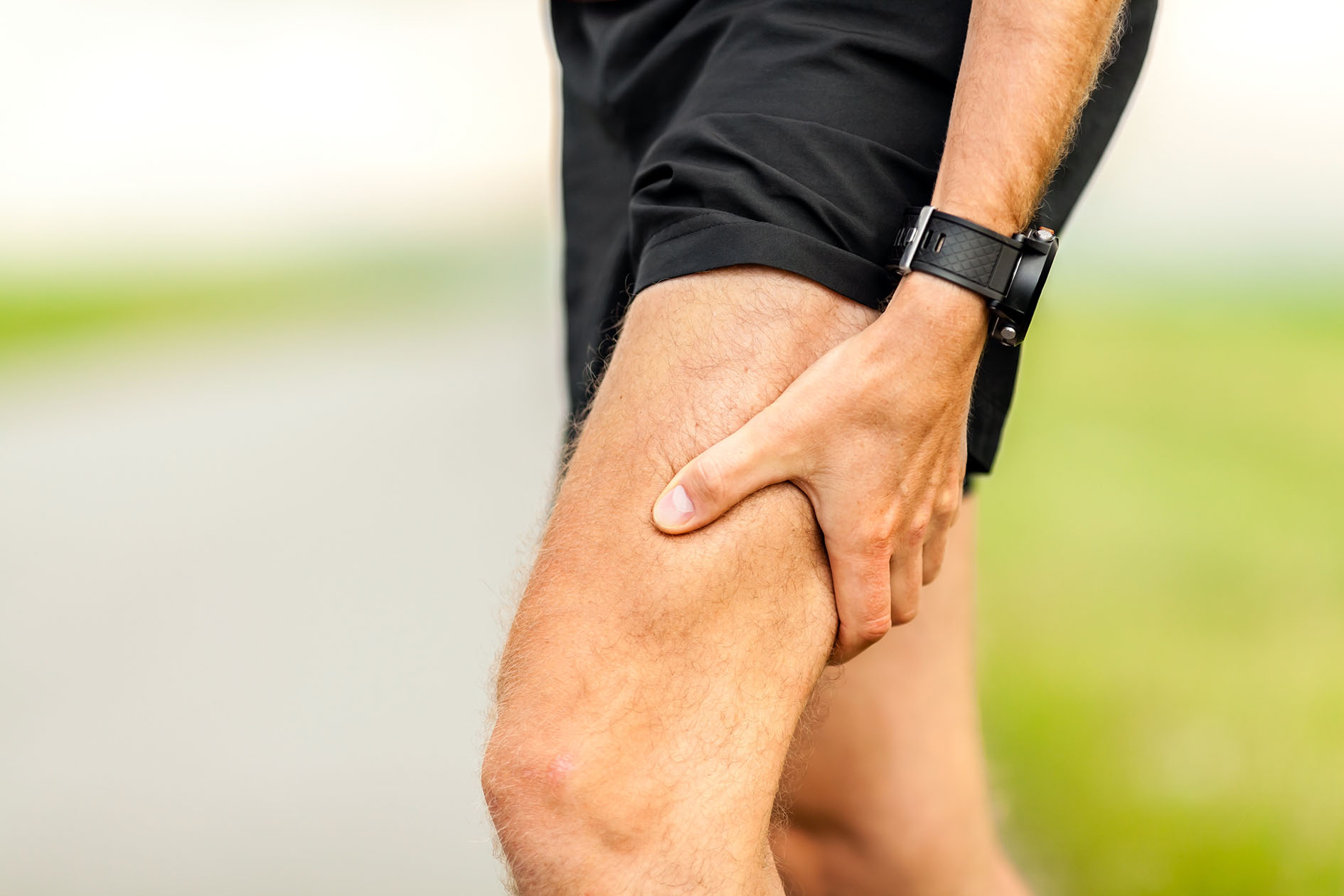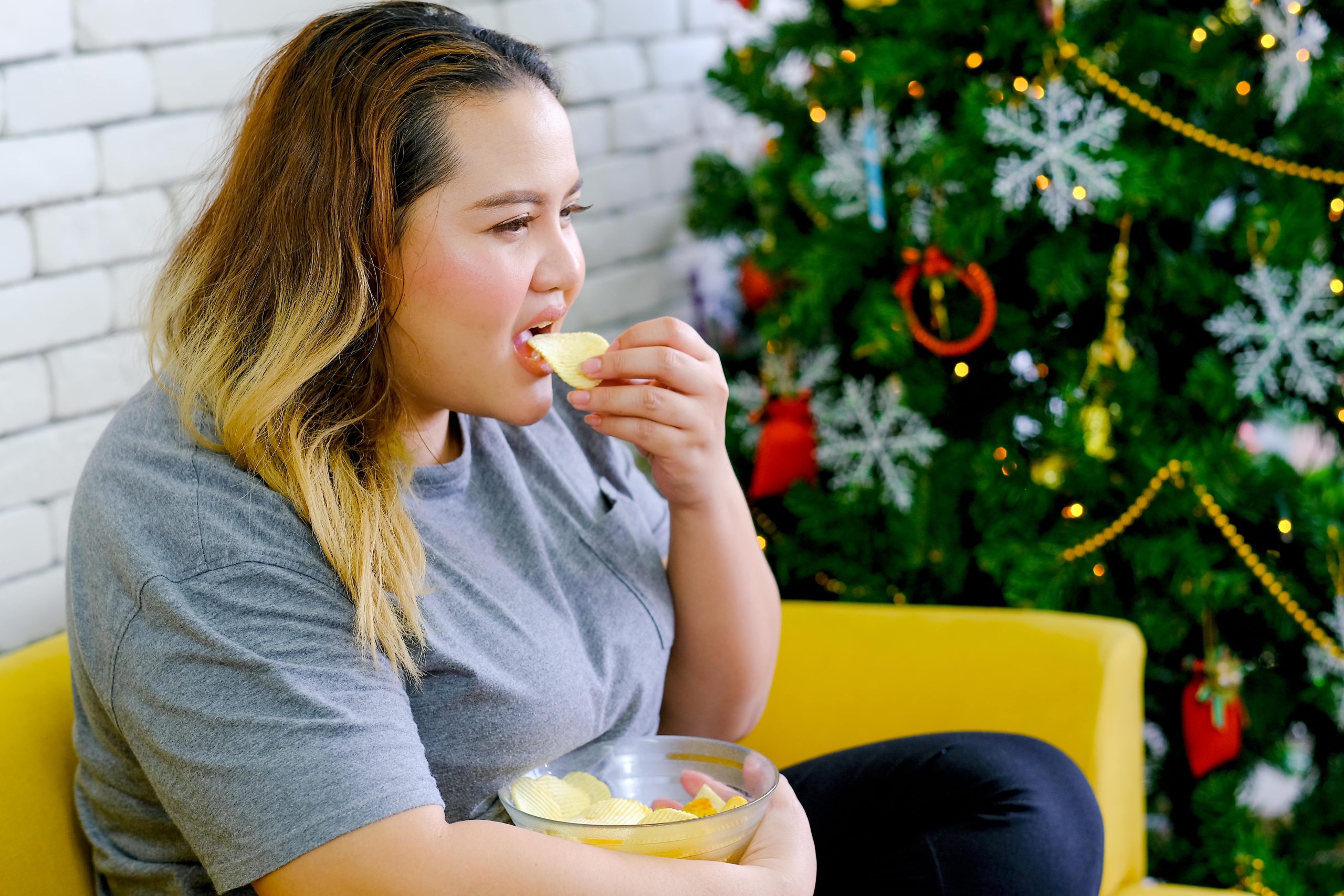Relieving Muscle Pain: Tips and Techniques for Alleviating Muscle Aches, Sore Muscles, and Muscular Pain
5 December 2022

Muscle pain, also known as muscular pain, muscle aches, or pain in muscles, is a common discomfort that many people experience at some point in their lives. Whether it’s due to intense physical activity, overuse of muscles, or underlying health conditions, muscle pain can significantly affect daily life. In this article, we will explore various aspects of muscle pain, including its causes, symptoms, and effective strategies for alleviating muscle aches, sore muscles, and muscular pain.
“Ga je fitnessen? Start dan te allen tijde met een lekkere warming-up. Daarnaast is het van belang om de sportsessie af te sluiten met een cool-down. “
Understanding Muscle Pain
Muscle pain refers to any discomfort or pain that occurs in the muscles of the body. It can range from mild to severe and may be accompanied by stiffness, tenderness, or swelling in the affected area. Muscle pain can occur in any part of the body, including the neck, shoulders, back, arms, legs, or even the entire body.



Causes of Muscle Pain
There are several factors that can contribute to muscle pain:
- Physical activity: engaging in strenuous physical activities or exercises that your body is not accustomed to can lead to muscle pain. This type of muscle pain is often referred to as delayed onset muscle soreness (DOMS) and typically occurs 24 to 48 hours after intense exercise.
2. Muscle overuse: repeating the same motions or activities for an extended period can strain the muscles, resulting in pain and discomfort. This is commonly seen in individuals who have physically demanding jobs or participate in repetitive sports.
3. Injuries: accidents, falls, or direct trauma to the muscles can cause muscle pain. Sprains, strains, or tears in the muscles can result in acute pain and limited mobility.
4. Muscle tension: stress and anxiety can lead to muscle tension and stiffness, which can manifest as muscle pain. Poor posture and spending long hours in the same position, such as sitting at a desk, can also contribute to muscle tension and subsequent pain.
5. Medical conditions: certain medical conditions, such as fibromyalgia, arthritis, and infections, can cause muscle pain as a symptom. It’s essential to consult with a healthcare professional if muscle pain is chronic, severe, or accompanied by other concerning symptoms.
Symptoms of Muscle Pain
Muscle pain can present itself in various ways, and the symptoms may vary depending on the underlying cause. Common symptoms of muscle pain include:
- Localised or widespread pain: muscle pain can be limited to a specific area or affect multiple muscle groups simultaneously.
- Stiffness and limited range of motion: tight or stiff muscles can restrict movement and make everyday tasks challenging.
- Tenderness and swelling: inflamed muscles may feel tender to the touch and appear swollen or red.
- Muscle weakness: severe muscle pain can lead to temporary weakness or difficulty in performing activities that require muscle strength.
Alleviating Muscle Pain
When faced with muscle pain, it’s crucial to find relief and restore normal functioning. Here are some effective techniques and strategies to alleviate muscle aches, sore muscles, and muscular pain:
- Rest and Recovery
Allowing your muscles time to rest and recover is essential for relieving muscle pain. Avoid activities that exacerbate the pain and give your body ample time to heal. Adequate rest promotes the repair and regeneration of muscle tissues.
2. Apply Heat or Cold Therapy
Applying heat or cold to the affected muscles can provide relief from muscle pain. Heat therapy, such as warm compresses or taking a warm bath, helps increase blood circulation and relaxes the muscles. Cold therapy, on the other hand, reduces inflammation and numbs the area, alleviating pain. Use ice packs or cold compresses wrapped in a towel and apply them to the painful muscles for 15-20 minutes at a time.
3. Massage and Stretching
Gentle massage and stretching exercises can help reduce muscle tension, improve flexibility, and alleviate muscle pain. Massaging the affected area promotes blood flow and relaxes the muscles. You can use your hands or a foam roller to apply light pressure and knead the muscles. Additionally, perform stretching exercises targeting the affected muscles to relieve stiffness and promote healing.
4. Over-the-Counter Pain Relievers
Over-the-counter nonsteroidal anti-inflammatory drugs (NSAIDs) like ibuprofen or acetaminophen can be effective in reducing muscle pain and inflammation. However, it’s essential to follow the recommended dosage and consult a healthcare professional if you have any underlying medical conditions or are taking other medications.
5. Topical Analgesics
Topical analgesics, such as creams, gels, or patches, can provide localised relief by numbing the area and reducing pain and inflammation. These products often contain ingredients like menthol, camphor, or capsaicin, which have soothing and pain-relieving properties. Follow the instructions provided on the product packaging for proper application.
6. Hydration and Nutrition
Proper hydration and a balanced diet can contribute to overall muscle health and help prevent muscle pain. Dehydration can lead to muscle cramps and increase the risk of muscle strains. Ensure you drink enough water throughout the day and consume foods rich in nutrients, such as lean proteins, fruits, vegetables, and whole grains, to support muscle function and recovery.
7. Preventing Future Muscle Pain
Taking preventive measures can reduce the likelihood of experiencing muscle pain in the future. Here are a few tips to help prevent muscle aches and soreness:
- Warm-up and cool-down: prior to engaging in physical activity, warm up your muscles with dynamic stretching and gradually increase intensity. Afterwards, cool down with static stretching to promote muscle recovery.
- Proper technique: when exercising or performing physical tasks, ensure you use proper form and technique to avoid unnecessary strain on the muscles.
- Gradual progression: if you’re starting a new exercise routine or increasing the intensity of your workouts, do so gradually to give your muscles time to adapt and avoid overuse injuries.
- Posture and ergonomics: maintain good posture and ergonomic practices, especially when sitting for extended periods. Use ergonomic chairs, adjust your workspace, and take regular breaks to avoid muscle tension and pain.
Understanding the Role of Exercise in Managing Muscle Pain
Exercise plays a crucial role in managing muscle pain and promoting overall muscle health. While it may seem counterintuitive to engage in physical activity when experiencing muscle pain, the right kind of exercise can actually help alleviate discomfort and prevent future occurrences. Here are two types of exercises that can be beneficial:
1. Low-Impact Aerobic Exercises
Engaging in low-impact aerobic exercises, such as swimming, cycling, or walking, can help improve blood circulation, strengthen muscles, and reduce muscle pain. These exercises put minimal stress on the joints and muscles while providing cardiovascular benefits. Start with shorter durations and gradually increase the intensity and duration as your muscles become stronger and more resilient.
2. Strength Training and Flexibility Exercises
Incorporating strength training and flexibility exercises into your routine can help prevent muscle pain and enhance muscle function. Strength training exercises, such as weightlifting or resistance band workouts, target specific muscle groups, promoting muscle growth and stability. Flexibility exercises, like yoga or Pilates, improve muscle flexibility, relieve tension, and reduce the risk of muscle strains and sprains.
When incorporating exercise into your routine, it’s essential to listen to your body and avoid overexertion. Start with light to moderate intensity and gradually increase as your muscles adapt and become stronger. If you experience severe or persistent muscle pain during exercise, it’s advisable to consult with a healthcare professional.
Seeking Professional Help for Chronic or Severe Muscle Pain
While most cases of muscle pain can be managed with self-care techniques, there are instances where professional help may be necessary. If you experience chronic or severe muscle pain that doesn’t improve with home remedies, it’s important to consult a healthcare professional. They can evaluate your condition, provide a proper diagnosis, and recommend appropriate treatment options. Here are some instances when seeking professional help is advised:
- Persistent pain: if your muscle pain persists for more than a few weeks or is recurrent, it’s important to have it evaluated. Chronic muscle pain may be an indication of an underlying condition that requires medical attention.
2. Significant loss of function: if your muscle pain is accompanied by a significant loss of strength, mobility, or function, it’s essential to seek medical advice. This could be a sign of a more serious muscular or neurological condition.
3. Associated symptoms: if your muscle pain is accompanied by other concerning symptoms such as fever, unexplained weight loss, rash, or joint swelling, it’s important to consult a healthcare professional for further evaluation.
4. History of injury or trauma: if your muscle pain is the result of a recent injury or trauma, it’s advisable to seek medical attention, especially if there is severe pain, inability to move the affected area, or visible deformity.
Healthcare professionals are trained to diagnose and treat various musculoskeletal conditions. They can provide personalised advice, prescribe medication if necessary, and refer you to specialists if required.
Remember to Rest
Muscle pain, whether it’s due to muscle aches, sore muscles, or other forms of muscular pain, can be disruptive and limit your daily activities. By understanding the causes, symptoms, and implementing effective strategies for relief, you can alleviate muscle pain and regain optimal muscle function.
Remember to rest and allow your muscles to recover, apply heat or cold therapy, and consider massage and stretching exercises. Over-the-counter pain relievers and topical analgesics can provide temporary relief, but it’s important to prioritise hydration, nutrition, and preventive measures to maintain muscle health.
Take care of your muscles, listen to your body, and seek medical advice if your muscle pain persists or worsens. With the right approach, you can overcome muscle pain and enjoy an active, pain-free lifestyle.
You may like these too
“The Hidden Dangers of Varicose Veins: When Ornate Legs Are in Danger”
Discover the unexpected causes, symptoms, and latest varicose vein treatments that can affect your h
24 January 2025
“The Inaudible Burden: How Tinnitus Can Change Your Life”
“Discover the hidden battle against the constant buzz in your ears and learn how to rega
24 January 2025
“Migraine: More than just headaches”
“Discover the hidden causes, effective treatments and tips to overcome the daily battle agains
24 January 2025
How to Lower My High Cholesterol:Tips and Advice for a Healthier Heart
Cholesterol is a common health problem that can lead to serious complications such as cardiovascular
17 April 2024



